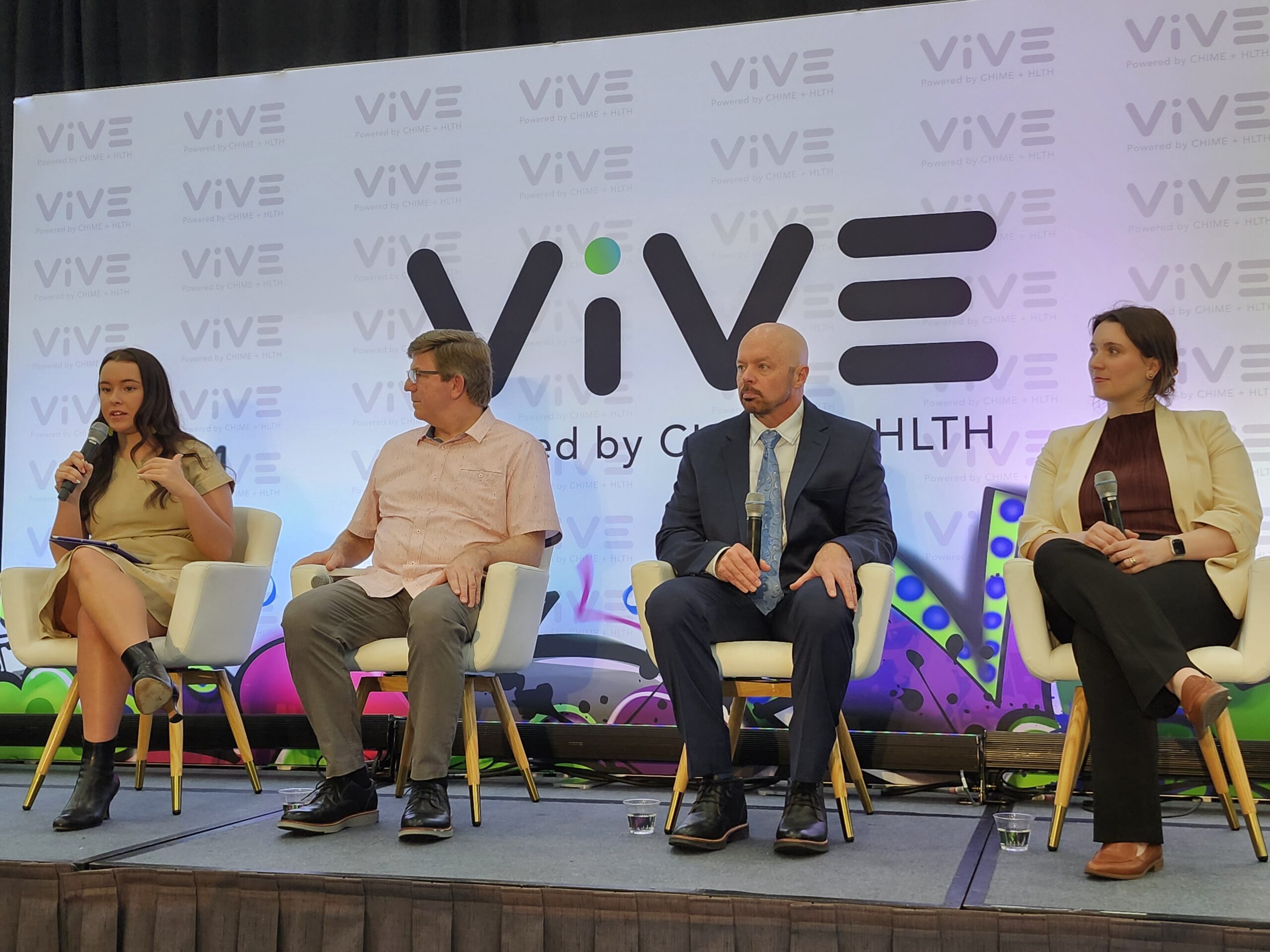
Patients, providers, manufacturers, and pharmacies are typically in agreement that when prescribed a specialty medication, starting a patient on that therapy should be a top priority. Unfortunately, there are a number of processes and hurdles that impact therapy initiation – including many that take place after an enrollment form is submitted.
Most importantly, access, affordability and engagement challenges reduce conversions (those patients who traverse the journey and actually begin a medication regimen). In this post, I discuss some of the common barriers in each of these key categories.

At ViVE 2024, Panelists Share Prior Authorization Progress and Frustration in Payer Insights Program
At the Payer Insights sessions on Day 1 of ViVE 2024, a panel on prior authorization offered compelling insights from speakers who shared the positive developments in this area after years of mounting frustration. Speakers also shared challenges as they work with providers to figure out how policy developments and technology will work in practice.
Access
Throughout the medication enrollment process, stakeholders who support patients are often met with significant access barriers. Finding, completing, and submitting the right medication form is an initial challenge. Whether a hub, specialty pharmacy, or access team member is involved, submitting a complete enrollment form without error can be a tedious task. Many subsequent steps are also needed to fully support therapy initiation and inefficiencies in form intake processes can drive up costs due to back-and-forth communications, missing information, and non-viable applications.
For example, when a hub receives a Patient Assistance Program (PAP) form, they often manually check patient eligibility in that financial program through credit check or income verification processes. But why put the burden on the hub to determine eligibility, when various upstream processes can automatically alert teams prior to the actual PAP submission (and avoid rework for all)?
Understanding if the patient’s insurance covers the medication prescribed, which pharmacies can fulfill that medication, and if there are additional restrictions/authorizations needed to be cleared must be completed prior to therapy initiation – creating a backlog of work for teams trying to support accelerated medication access.

Unlocking Transparency in PBM Pricing
The TSX Venture Exchange has a strong history of helping early-stage health and life sciences companies raise patient capital for research and development.
Leveraging a unified, automated, and transparent access workflow for hubs, FRMs, providers, and patients can significantly improve speed-to-therapy by removing hurdles, siloed data, and manual steps that delay care.
Affordability
Beyond the various access challenges needing to be overcome to get a prescription filled, transparency into affordability options is often a key factor in patient conversion. If a patient cannot afford a medication – or is not aware of lower-cost options – they will likely be non-adherent.
First, patients and providers must be presented with cost information at the point-of-care in order to decide appropriate next steps. Real-Time Benefit Check technologies (typically embedded in EHR workflows), can display patient out-of-pocket costs, while highlighting applicable pharmacies and coverage restrictions. This gives stakeholders a sense of direction and what support might be needed to begin the prescribed therapy.
Copay assistance and PAP offered by manufacturers can significantly reduce or eliminate patient out-of-pocket responsibility, but often require additional searches, paperwork, and time to complete. Foundation grants offered by non-profit organizations can also support patient affordability, but only if patients are aware of the funds and apply when the time is right.
While there are a variety of options to support patient affordability, they come in various shapes and sizes, creating a disjointed affordability experience for all. This causes frustration and burden when patients need to understand their options and decide what to do – in as little time as possible. Bringing affordability options into one integrated portal would enable stakeholders to view and apply for support in an unprecedented way.
Engagement
In order to effectively support patients, it is essential that patient consent be collected – regardless of where an enrollment form is sent. In most cases, consent is collected by the hub in order to support that patient through enrollment, prior authorization clearance, fulfillment, and more. However, many enrollment forms are sent directly to specialty pharmacies – which bypasses the patient consent collection step. Best practice would be for the provider to collect consent upfront so that manufacturer and hub teams can engage the patient with support services – regardless of where they end up sending the enrollment form.
Added patient engagement resources can be extremely beneficial in terms of supporting patients in therapy initiation and driving conversion. Additionally, patient satisfaction and adherence skyrocket when support services are offered. So why are we not encouraging consent collection on every application at the point-of-care? Building consent collection capabilities into prescribing and/or enrollment workflows can significantly improve patient conversions and overall health outcomes.
What’s next?
Siloed technology systems have created added confusion and frustration throughout the specialty medication onboarding process. Instead, purpose-built ecosystems that bring together stakeholders and data to achieve a common goal – increasing speed-to-therapy and medication conversions – can make a significant difference in the overall health of our population.
Integrated, intuitive, secure technologies that support access, affordability, and engagement (yes, all three) are destined to revolutionize patient access to care. We can no longer simply worry about the enrollment form as the only hurdle in therapy initiation. We must view the entire patient journey as an interconnected set of challenges that need solving. And I believe achieving that goal is within reach.
Photo: cagkansayin, Getty Images
Julia Regan is the founder and CEO of RxLightning, who offers the first end-to-end, digital platform to improve transparency and facilitate the specialty medication onboarding journey. Prior to launching RxLightning, Julia helped bring the first full scale real-time prescription price transparency solution to the market, which has now become a standard feature in EHRs.
This post appears through the MedCity Influencers program. Anyone can publish their perspective on business and innovation in healthcare on MedCity News through MedCity Influencers. Click here to find out how.












